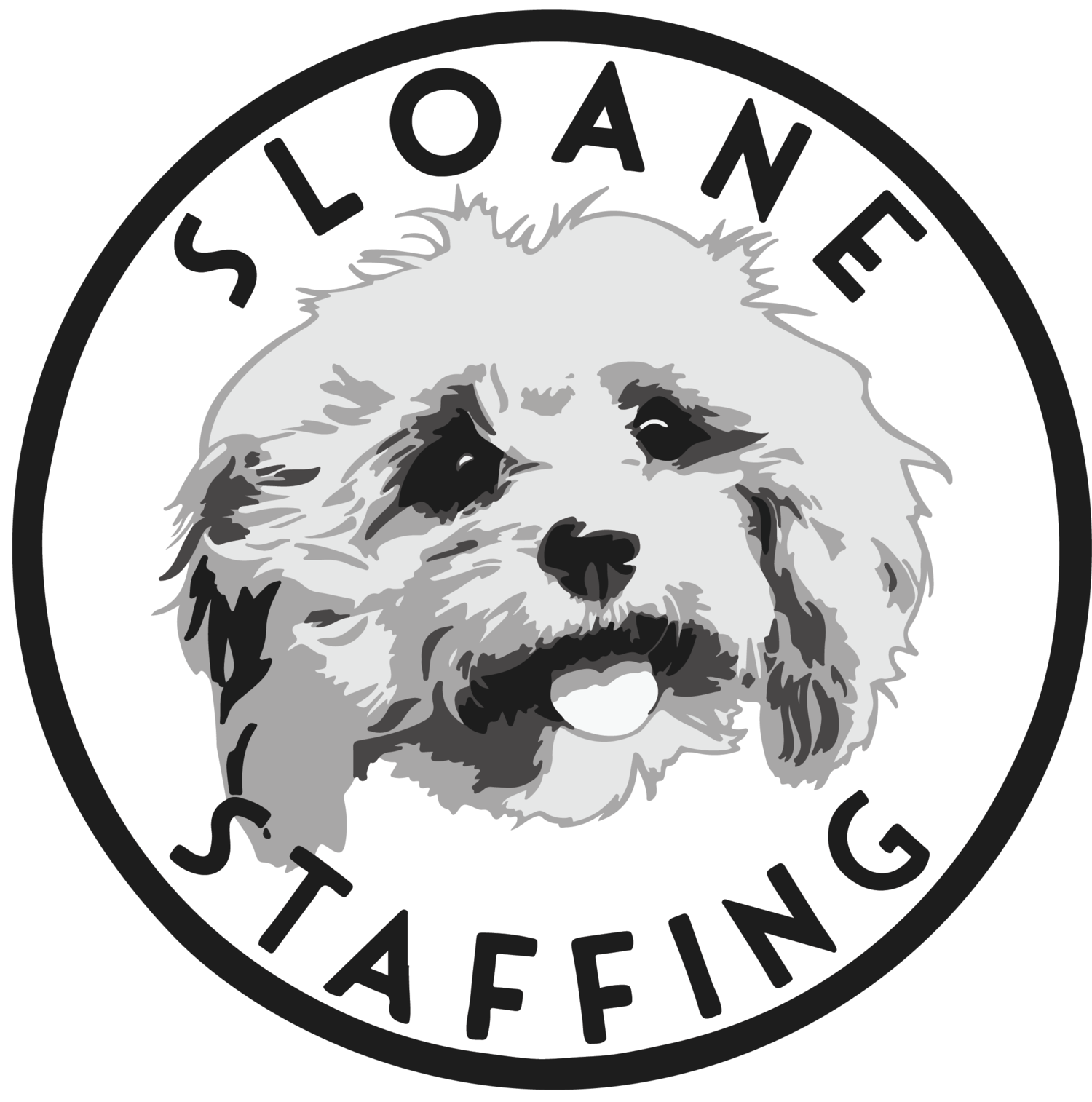How to Migrate to an ERP and What Internal Talent You’ll Need to Run It.
ERP solutions are comprehensive systems designed to integrate various aspects of a business, from finance and human resources to inventory and customer relations. If you're considering migrating to an ERP system, we'll explore four prominent options: Oracle NetSuite, Microsoft Dynamics 365, SAP S/4HANA Cloud, and Acumatica. We'll also discuss the complexities involved in such a migration and the key internal hires that can ensure its success.
What Is an Enterprise Resource Planning Sytem?
Enterprise Resource Planning (ERP) is a software solution that serves as a central repository for a company's data and automates many of its business functions. It offers a unified platform where data is seamlessly shared across departments, enabling more efficient processes and data-driven decision-making.
Understanding Your Options
Oracle Netsuite
Oracle NetSuite: Oracle NetSuite is a cloud-based ERP system known for its scalability and flexibility. It's suitable for businesses of all sizes, offering financial management, CRM, e-commerce, and more.
Microsoft Dynamics 365 Business Central
Microsoft Dynamics 365: Microsoft Dynamics 365 Business Central is a comprehensive suite that integrates CRM and ERP capabilities. It is designed to improve customer engagement and streamline business operations.
SAP S/4HANA Cloud
SAP S/4HANA Cloud: SAP S/4HANA Cloud is a cloud-based ERP solution from SAP that provides real-time analytics, automation, and machine learning capabilities, enabling businesses to transform into intelligent enterprises.
Acumatica
Acumatica: Acumatica is a cloud ERP system known for its flexibility and ease of customization. It covers financial management, distribution, and project accounting, making it an attractive choice for growing businesses.
Migrating to an ERP System
Migrating to an ERP system is a substantial undertaking. It requires careful planning and execution to ensure a smooth transition. Here's a step-by-step guide to help you through the process:
Assessment and Planning:
Identify your business needs and objectives. Conduct a thorough assessment of your current processes and data. Choose the ERP system that aligns best with your goals.
Data Migration:
Migrating your existing data to the new system is a critical step. Ensure data accuracy, integrity, and completeness during the transfer.
Customization:
Customize the ERP system to match your specific business requirements. This step often requires collaboration with ERP experts or consultants.
Training:
Train your employees on how to use the new system. A well-trained workforce is essential for a successful ERP implementation.
Testing:
Before going live, thoroughly test the ERP system to identify and address any issues or bugs.
Go-Live and Support:
Implement the ERP system across your organization. Provide ongoing support for your teams as they adapt to the new system.
Optimization:
Continuously optimize your ERP system to improve its performance and ensure it meets your evolving business needs.
Key Internal Hires for a Successful Migration
Migrating to an ERP system is a complex process, and it's essential to have the right people on board to manage it effectively. Here are some key internal hires to consider:
ERP Project Manager:
This individual oversees the entire migration process, ensuring that it stays on schedule and within budget.
ERP Administrator:
The ERP administrator manages the day-to-day operations of the system, including user access, security, and troubleshooting.
Business Process Analysts:
These professionals evaluate your current business processes and work with the ERP team to design and implement improvements.
ERP Architect:
ERP architects are responsible for designing the overall structure and framework of the ERP system, ensuring it aligns with your business requirements and integrates seamlessly with your existing processes.
ERP Developer:
ERP developers customize the ERP system to meet your specific needs, creating or modifying software components to ensure the system functions as desired and provides the necessary features and functionalities.
Data Analysts:
Data analysts play a crucial role in data migration and ensuring that data is accurate and accessible in the new ERP system.
Migrating to an ERP system is a significant undertaking, but it can bring immense benefits to your business. Choose the ERP solution that aligns with your needs and objectives, and carefully plan and execute the migration process. Having the right internal hires in place can make all the difference in ensuring a successful transition and the long-term success of your ERP implementation.





